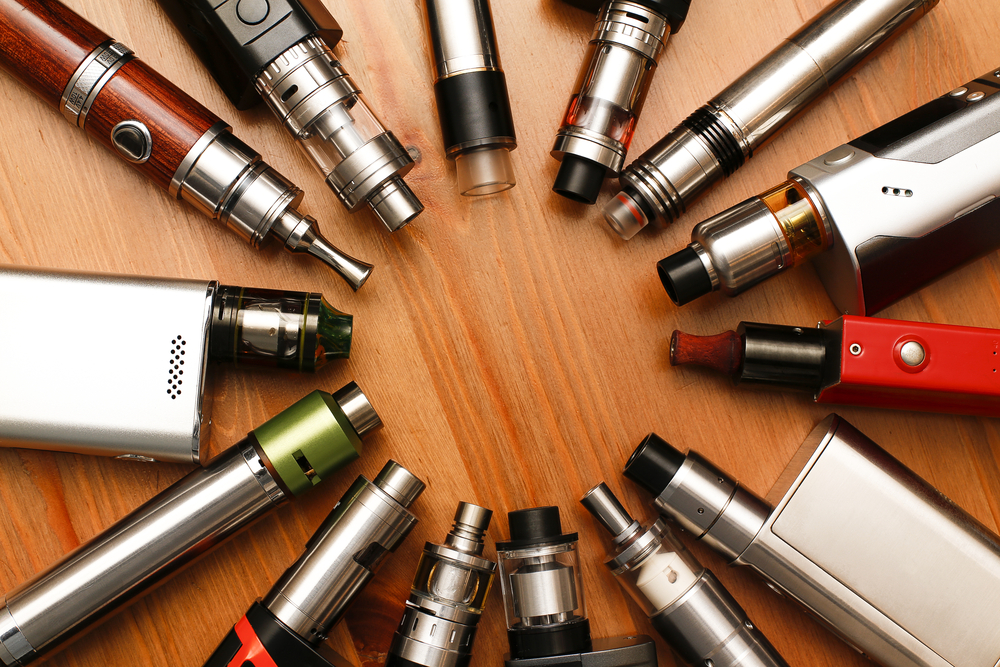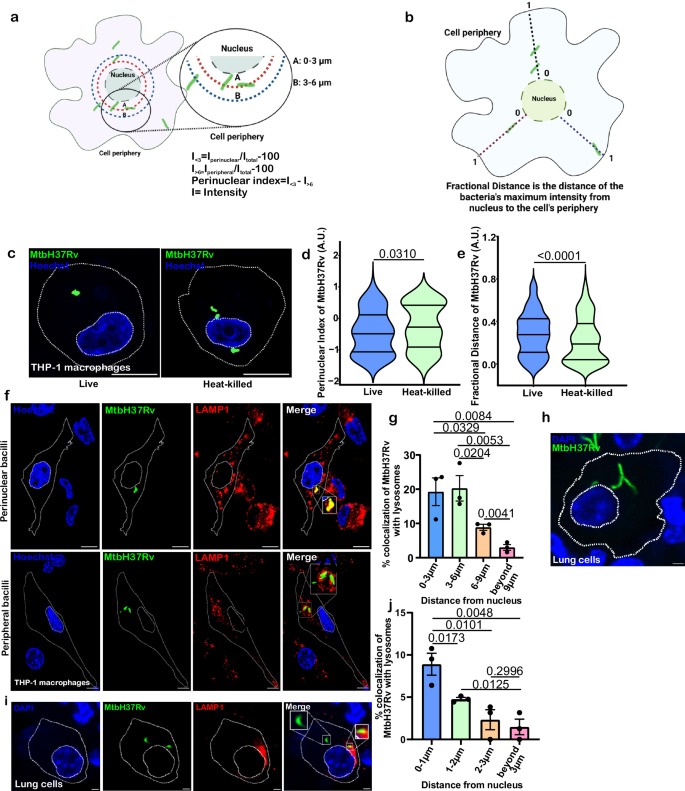Report on Youth Nicotine Use and Proposed Policy Interventions in Rifle, Colorado
Introduction: Advancing Public Health in Line with Sustainable Development Goals
A work session held by the Rifle City Council on October 15 featured a presentation from Garfield and Pitkin County Public Health officials concerning youth nicotine consumption. The discussion centered on a proposed local Tobacco Retail License aimed at curbing underage access to tobacco products. This initiative directly aligns with several United Nations Sustainable Development Goals (SDGs), particularly SDG 3 (Good Health and Well-being), by addressing non-communicable diseases and promoting healthier communities.
Current State of Youth Nicotine Use and Alignment with SDG 3
The report highlights significant progress in public health outcomes among adolescents, a key target of SDG 3. However, persistent challenges require continued institutional focus.
- Positive Trends: According to the Colorado Department of Public Health and Environment, reported nicotine use among Colorado teens decreased from 26% in 2019 to 9% in 2023. Overall tobacco product use among high school students fell from 29% to 17% in the same period.
- Increased Awareness: Data indicates a growing understanding of health risks, with 79% of youth believing vaping is wrong for their age group and 68% recognizing the risks of secondhand vapor. This awareness is crucial for achieving SDG Target 3.4, which aims to reduce premature mortality from non-communicable diseases.
- Regional Disparities: Health Statistics Region 12, which includes Garfield County, reported a 20% youth e-cigarette usage rate in 2022, significantly higher than the 16% statewide average, indicating a need for localized health interventions.
- Demographic Variances: Female, nonbinary, transgender, and bisexual students report higher rates of nicotine use, underscoring the importance of inclusive health policies that address SDG 5 (Gender Equality) and SDG 10 (Reduced Inequalities) by ensuring no demographic is left behind.
Proposed Policy: Strengthening Institutions for Community Well-being (SDG 11 & SDG 16)
To address regulatory gaps and enhance public health, officials proposed a local Tobacco Retail License. This measure supports SDG 11 (Sustainable Cities and Communities) by fostering a safer and healthier urban environment and SDG 16 (Peace, Justice and Strong Institutions) by creating more effective and accountable local governance.
- Identified Enforcement Gap: A primary driver for the proposal is the finding that 82% of high school students were not asked for identification when attempting to purchase tobacco products.
- Mechanism of the Proposed License: The new local license for Rifle’s 12 tobacco retailers would supplement the existing state-level “T-21” license.
- Enhanced Compliance: It would mandate two additional annual compliance checks conducted by Garfield and Pitkin County Health, doubling the oversight currently provided by the state’s Liquor and Tobacco Enforcement Division.
- Regional Precedent: Neighboring communities, including New Castle, Silt, and Glenwood Springs, have already implemented similar programs, demonstrating a coordinated regional approach to a shared public health challenge.
Persistent Challenges and Areas for Future Action
Despite progress, several factors continue to undermine efforts to protect youth health and well-being, requiring a multi-faceted approach.
- Product Appeal: An increasing number of students report vaping due to the availability of flavored products.
- Early Onset of Use: The percentage of high schoolers who first tried vaping before age 13 rose from 13% in 2019 to 22% in 2021.
- Digital Marketplace Loopholes: A 2024 national report found that 76% of online vape retailers lack effective age verification at checkout, posing a significant challenge to local and national regulations.
- Social Media Influence: Platforms like TikTok are being used to share methods for concealing vape products from authorities and guardians.
The City Council has requested additional data regarding local underage sales and input from the Garfield Re-2 School District before formally considering the ordinance, reflecting a commitment to evidence-based policymaking in pursuit of community health goals.
Analysis of Sustainable Development Goals in the Article
1. Which SDGs are addressed or connected to the issues highlighted in the article?
-
SDG 3: Good Health and Well-being
The entire article is centered on public health, specifically addressing the issue of teen nicotine and tobacco use. It discusses health risks, prevalence rates of vaping and smoking among youth, and public health interventions aimed at reducing this use. The efforts by Garfield and Pitkin County Public Health to implement a new retail license for tobacco sellers are direct actions to protect and promote the health of young people, which is the core of SDG 3.
2. What specific targets under those SDGs can be identified based on the article’s content?
-
Target 3.4: By 2030, reduce by one third premature mortality from non-communicable diseases through prevention and treatment and promote mental health and well-being.
Tobacco use is a leading cause of non-communicable diseases such as cancer, cardiovascular disease, and chronic respiratory diseases. The article’s focus on reducing teen nicotine use is a preventative measure aimed at curbing addiction early and lowering the future incidence of these diseases. The data showing a decline in e-cigarette use among high school students from 26% in 2019 to 16% in 2023 reflects progress toward this prevention goal.
-
Target 3.5: Strengthen the prevention and treatment of substance abuse, including narcotic drug abuse and harmful use of alcohol.
Nicotine is a highly addictive substance. The article discusses preventing youth access to and use of tobacco and vape products, which falls under the prevention of substance abuse. The finding that “54% [of youth who vape] say they are trying to quit” also points to the need for treatment and cessation support, which is another component of this target.
-
Target 3.a: Strengthen the implementation of the World Health Organization Framework Convention on Tobacco Control in all countries, as appropriate.
This target is directly addressed through the policy and regulatory measures discussed. The proposal for Rifle to adopt a local Tobacco Retail License, which includes “two annual compliance checks,” is a clear example of strengthening tobacco control at the local level. The article also mentions other control measures like the federal Tobacco 21 law, Proposition EE (a statewide tax on nicotine products), and the fact that “more than 36 Colorado communities now require retailers to obtain local tobacco sales licenses.”
3. Are there any indicators mentioned or implied in the article that can be used to measure progress towards the identified targets?
Yes, the article provides several quantitative and qualitative indicators that can be used to measure progress:
- Prevalence of current tobacco/nicotine use among youth: The article provides specific data points, such as “9% of Colorado teens reported nicotine use in 2023 — down sharply from 26% in 2019,” and the decline in high school e-cigarette use to 16%. These directly measure the outcome of prevention efforts.
- Age of initiation: The statistic that “The share of high schoolers who tried vaping before age 13 rose from 13% in 2019 to 22% in 2021” is an indicator of the effectiveness of policies aimed at preventing early-age adoption of nicotine products.
- Youth attitudes and perceptions of risk: The article notes that “79% of youth believe it’s wrong for someone their age to vape” and “68% think breathing secondhand vapor is risky.” These are indicators of the success of public health campaigns in educating youth about the dangers of nicotine use.
- Effectiveness of enforcement and access control: The finding that “82% of high school students were not asked for identification when attempting to buy tobacco products” is a direct indicator of gaps in the enforcement of age-restriction laws. The proposed compliance checks under the new local license would serve as a mechanism to monitor and improve this.
- Implementation of tobacco control policies: The number of communities with local tobacco licenses (“more than 36 Colorado communities”) and the existence of statewide taxes (Proposition EE) are indicators of the implementation of policies aligned with Target 3.a.
4. Table of SDGs, Targets, and Indicators
| SDGs | Targets | Indicators |
|---|---|---|
| SDG 3: Good Health and Well-being | 3.4: Reduce premature mortality from non-communicable diseases through prevention. |
|
| 3.5: Strengthen the prevention and treatment of substance abuse. |
|
|
| 3.a: Strengthen the implementation of the WHO Framework Convention on Tobacco Control. |
|
Source: postindependent.com







